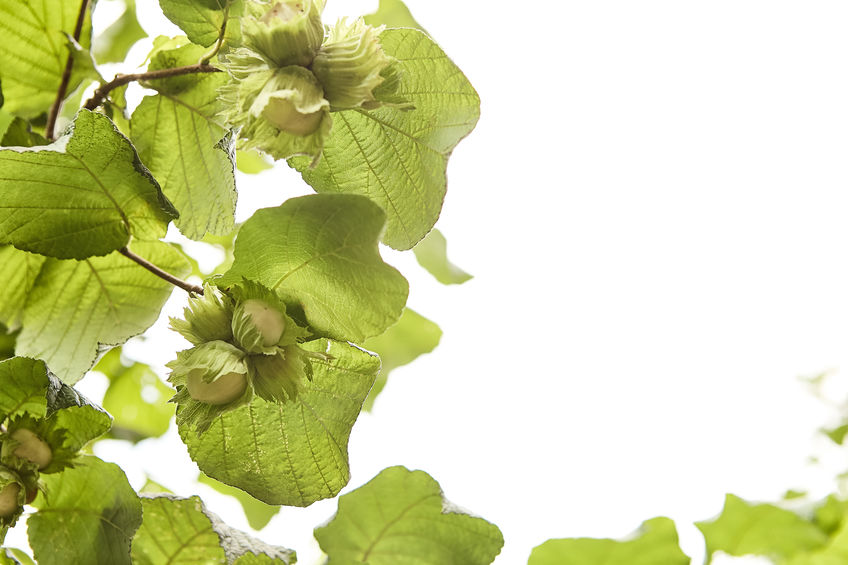“Jimmy crack corn, and I don’t care!”
But unfortunately, America’s soil is beginning to care.
Many crop fields in the Midwestern United States plant corn or soybeans, as they are focused on commercially viable crops. The problem is that these are monoculture-focused and are annual plants, meaning it takes a lot of energy and sometimes pesticides to keep these crops producing every single year.
This can then lead to soil erosion and other flooding or water contamination issues.
That’s why some farmers are attempting to fix this by planting hazelnut trees among the farmlands.
According to Mongabay:
“Trees stabilize soils while holding and filtering water, encourage biodiversity, which can reduce the need for fertilizers and pesticides…
“And the nuts and fruits can be harvested and sold, diversifying a farmer’s crops and revenue streams.
“Changing course from monocropping to diverse multicrop farms has a few bottlenecks, but researchers are working to help farmers with agroforestry — as the combination of woody perennials like trees and shrubs with annual crops is known — and propping up nut tree markets. If successful, agroforestry could be a boon to Midwestern farmers and communities.”
Encouraging a diverse crop could also shield farmers against a weather event from destroying the vast majority of their income.
Whether farmers can make the switch at an affordable cost and begin turning a quick profit remains to be seen.
You can read the full story in Mongabay here.
